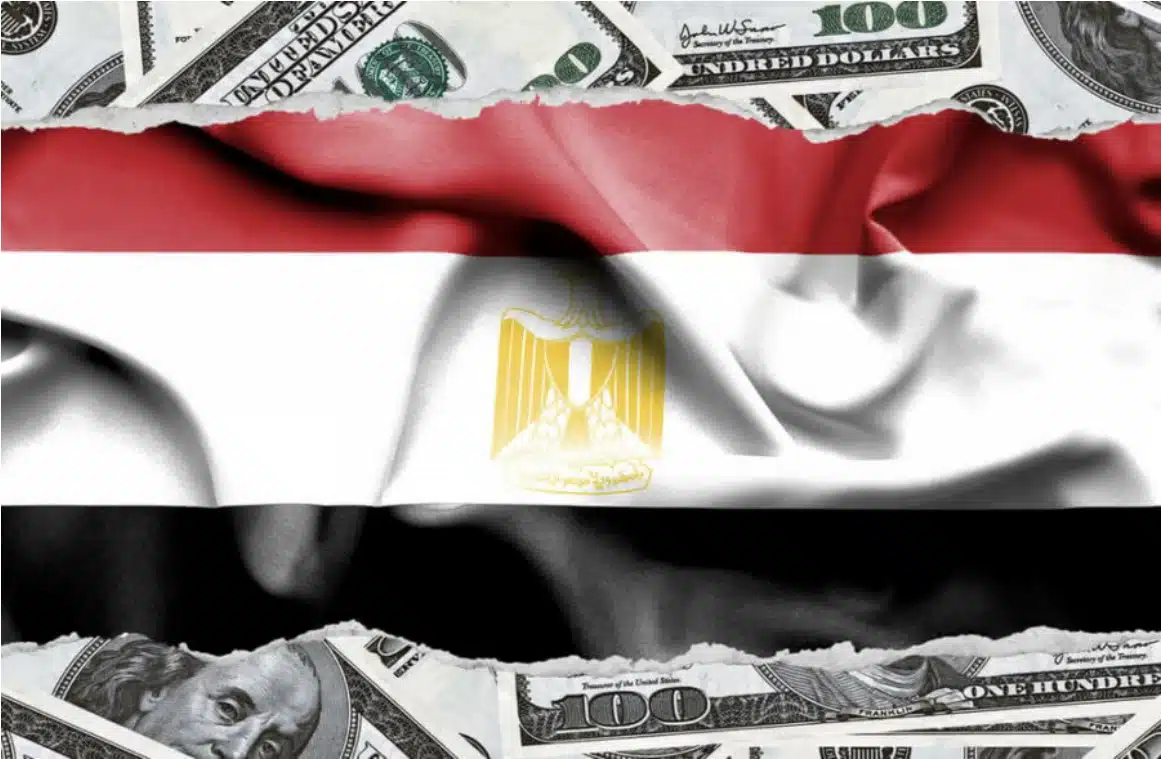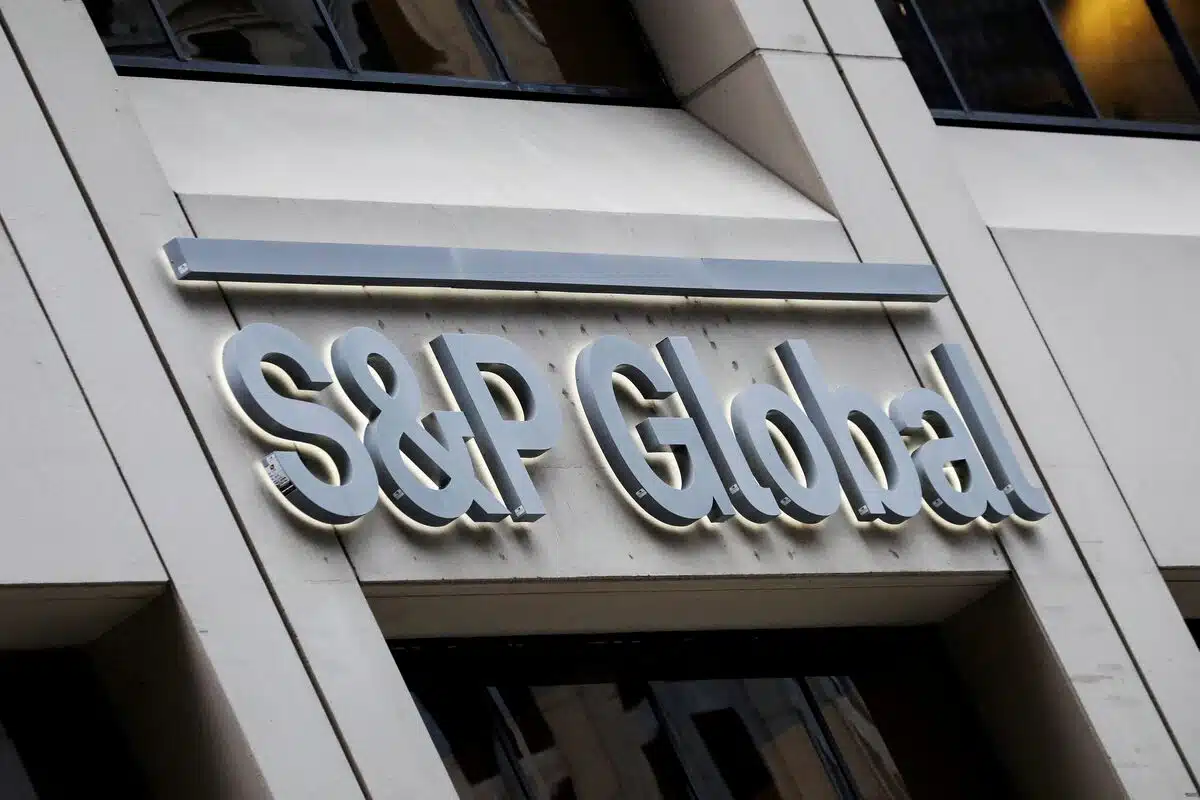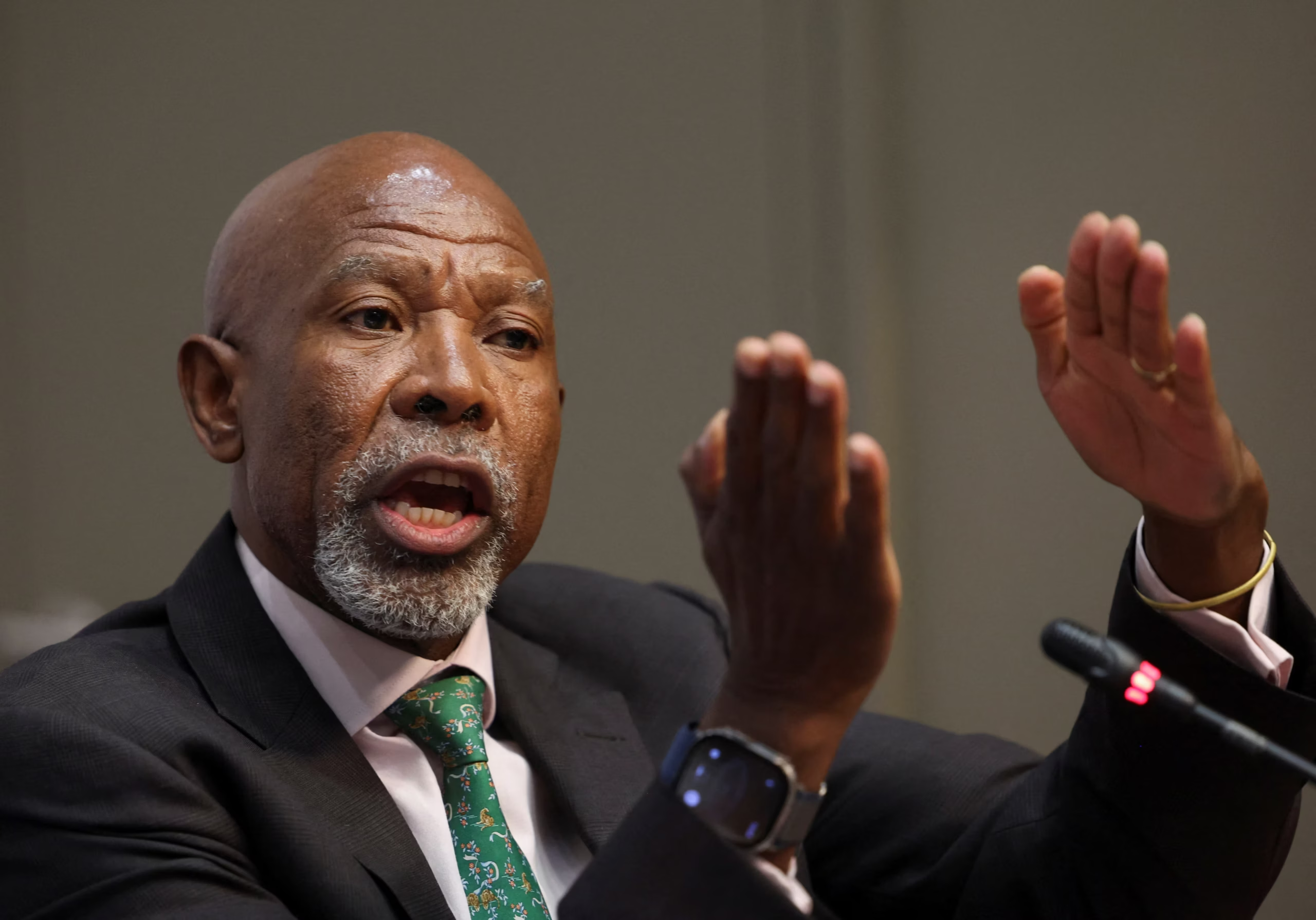More than $25 billion in savings held by Egyptians will now yield lower returns following a policy shift by the country’s two largest state-owned banks, the National Bank of Egypt (NBE) and Banque Misr.
The move reflects a broader easing of monetary policy as inflation cools and the Central Bank of Egypt (CBE) steers the economy toward recovery and growth.
In a joint decision earlier this week, both banks announced the suspension of their popular high-yield savings certificates — products that had offered returns of up to 27% annually.
These instruments were launched in early 2024 to attract deposits and absorb excess liquidity, particularly after multiple rounds of currency devaluation triggered a sharp rise in inflation.
NBE, Egypt’s largest bank by assets, has now ended the sale of its certificates offering annual returns of 23% (paid daily), 23.5% (paid monthly), and 27% (paid annually).
Banque Misr—the country’s second-largest state lender—mirrored the decision, going further by slashing interest on its 3-year savings certificates by 2.25%. NBE also implemented a 2% cut on similar products.
These actions follow last Thursday’s decision by the apex bank to reduce its key interest rate by 225 basis points — its first rate cut in four years.
The cut was prompted by a notable drop in Egypt’s inflation rate, which fell from 24% in January to 12.8% in February, before rising slightly to 13.6% in March.
The high-yield certificates had played a crucial role in stabilising Egypt’s monetary environment, pulling roughly $25.5 billion in deposits over a 15-month period.
NBE alone attracted $17.4 billion, according to Mohamed El-Etreby, the bank’s chairman.
However, with inflation now on a downward trajectory, the central bank appears to be shifting from tightening to easing, hoping to stimulate investment and consumer demand.
While depositors will see lower returns, the CBE’s latest monetary policy decision opens the door for more affordable lending rates, potentially boosting business activity in the months ahead.
For a country managing the aftermath of sharp currency depreciation and external financing pressures, this marks a cautious but deliberate turn toward economic normalisation.
IMF revision signals cautious optimism for Egypt’s medium-term outlook
Notably, the policy shift comes just days after the International Monetary Fund (IMF) slightly upgraded Egypt’s real GDP growth forecast for both 2025 and 2026.
The IMF now expects the economy to grow by 3.8% in 2025, with further acceleration to 4.3% by 2026.
This revision reflects increased optimism, particularly in contrast to the IMF’s lowered growth projections for the broader Middle East and North Africa (MENA) region.
While the IMF did not provide a detailed explanation for the revision, the updated forecast is encouraging for Egypt, especially as Planning Minister Rania Al-Mashat has projected even more favourable growth, suggesting 4% expansion by the end of the current fiscal year, with 4.5% growth in the next.
Together, the central bank’s policy pivot, the banking sector’s recalibration, and improving international sentiment hint at a potential turning point for the Egyptian economy, though risks remain, particularly as structural reforms continue to unfold.






